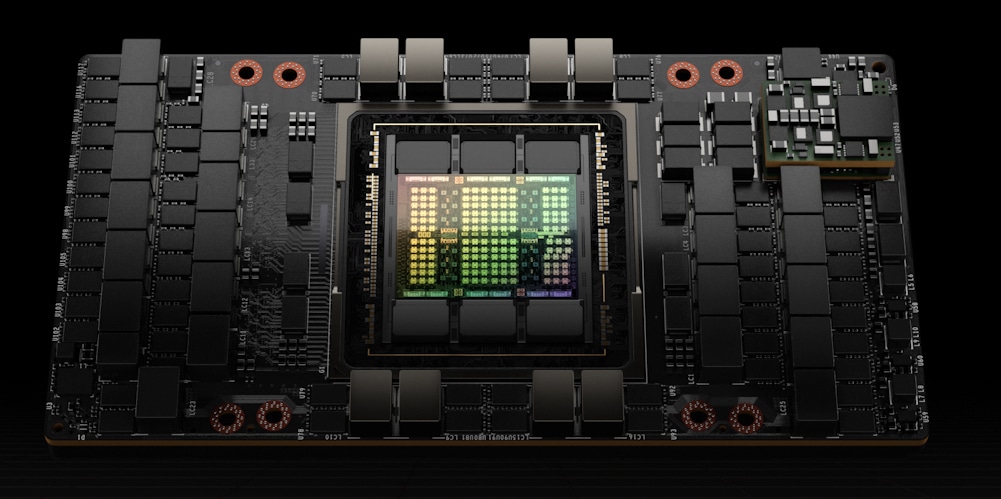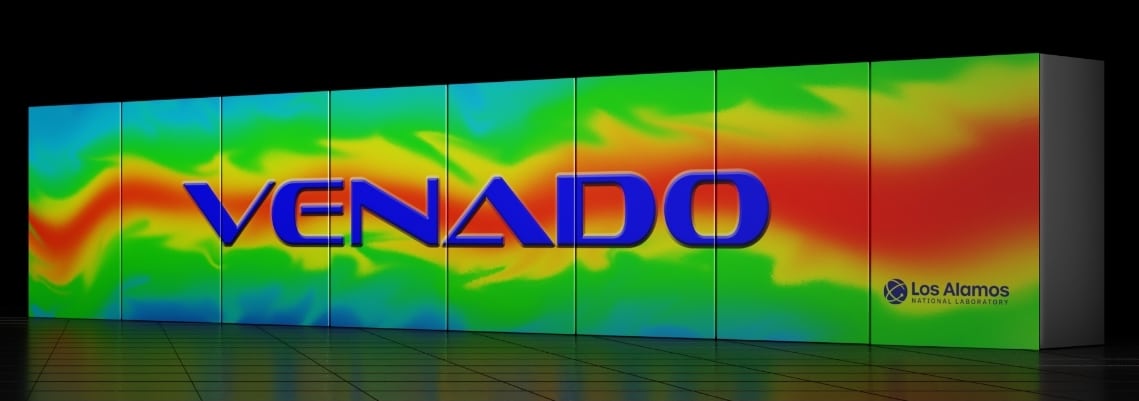As the ISC High-Performance event kicked off this week in Hamburg, Germany, NVIDIA wasted no time announcing that adoption of the new NVIDIA Grace Hopper superchips included leading computer makers to create the next generation of servers turbocharging AI and HPC workloads for the exascale era. So far, Atos, Dell Technologies, GIGABYTE, HPE, Inspur, Lenovo, and Supermicro have plans to deploy servers built with the Grace CPU Superchip and Grace Hopper Superchip.
These systems will benefit from the Grace and Grace Hopper designs in the NVIDIA HGX platform. Announced during GTC 2022, the platform provides manufacturers the blueprint needed to build high-performance systems, twice the memory bandwidth and energy efficiency of existing data center CPUs.

Ian Buck, vice president of Hyperscale and HPC at NVIDIA, delivered remarks during a special event, Accelerating a New Wave of AI Innovation and Scientific Discovery, where he said:
“As supercomputing enters the era of exascale AI, NVIDIA is teaming up with our OEM partners to enable researchers to tackle massive challenges previously out of reach. Across climate science, energy research, space exploration, digital biology, quantum computing, and more, the NVIDIA Grace CPU Superchip and Grace Hopper Superchip form the foundation of the world’s most advanced platform for HPC and AI.”
Early Adopters Leading Innovation
Supercomputing centers in the U.S. and Europe will be the first with systems featuring the superchips. Los Alamos National Laboratory announced that Venado, its next-generation system, will be the first system in the U.S. to be powered by NVIDIA Grace CPU technology. Built using the HPE Cray EX supercomputer, Venado is a heterogeneous system that will feature a mix of Grace CPU Superchip nodes and Grace Hopper Superchip nodes for a broad and emerging set of applications. The system is expected to exceed ten exaflops of AI performance when completed.

Associate Director for Simulation and Computation at LANL, Irene Qualters, explained:
“By equipping LANL’s researchers with the performance of NVIDIA Grace Hopper, Venado will continue this laboratory’s commitment to pushing the boundaries of scientific breakthroughs. NVIDIA’s accelerated computing platform and expansive ecosystem are removing performance barriers, allowing LANL to make new discoveries that will benefit the nation and society as a whole.”
Alps, the Swiss National Computing Center’s new system, built by HPE using the HPE Cray EX supercomputer, will use the Grace CPU Superchip to enable breakthrough research in a wide range of fields, serving as a general-purpose system open to the research community in Switzerland, as well as the rest of the world.
NVIDIA Grace Speeds Up Compute-Intensive Workloads
The NVIDIA Grace CPU Superchip features two Arm-based CPUs connected coherently through the NVIDIA NVLink-C2C interconnect. This design features up to 144 high-performance Arm Neoverse cores with scalable vector extensions and a one terabyte-per-second memory subsystem. The superchip interfaces with the latest PCIe Gen5 protocol to enable maximum connectivity with the highest performing GPUs, as well as with NVIDIA ConnectX-7 smart network interface cards and NVIDIA BlueField-3 DPUs for secure HPC and AI workloads.
The Grace Hopper Superchip pairs an NVIDIA Hopper GPU with an NVIDIA Grace CPU in an integrated module connected with NVLink-C2C to address HPC and giant-scale AI applications. The NVIDIA Grace-powered systems will run the NVIDIA AI and NVIDIA HPC software portfolio for full-stack, integrated computing.




 Amazon
Amazon